On March 29, a giant floating crane called the Chesapeake 1000 approached the scene where a 95,000-ton container ship crashed into the Francis Scott Key Bridge, causing the bridge to collapse and killing six construction workers, of which the bodies of four victims have yet to be found.
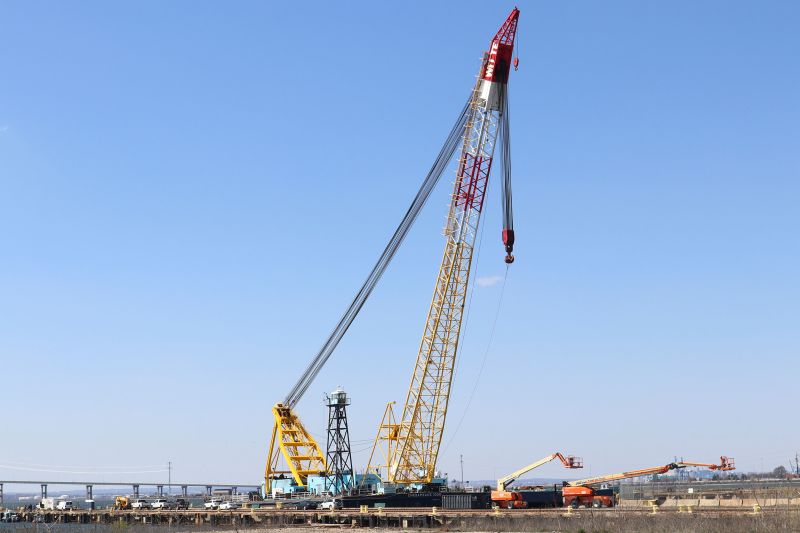
The Chesapeake 1000 crane in Maryland on March 29. Photo: AP
The Chesapeake 1000 crane can lift 1,000 tons of debris, according to Maryland Governor Wes Moore. But the challenge is that the Francis Scott Key Bridge, which is currently crushing the container ship, weighs about 3,000 to 4,000 tons.
That means the collapsed bridge will need to be broken into pieces before it can be moved. Meanwhile, crews will work quickly to continue searching for missing victims and reopen a vital shipping route for the economy. Officials say the operation could take weeks.
More heavy equipment is expected to be deployed to the scene in the coming weeks, including seven floating cranes, 10 tugboats, nine barges, eight rescue vessels and five coast guard vessels, Moore said, adding that the operation would be extremely complex.
“When you get a chance to see the rubble up close, you understand the enormity of the challenge,” said Mr Moore.
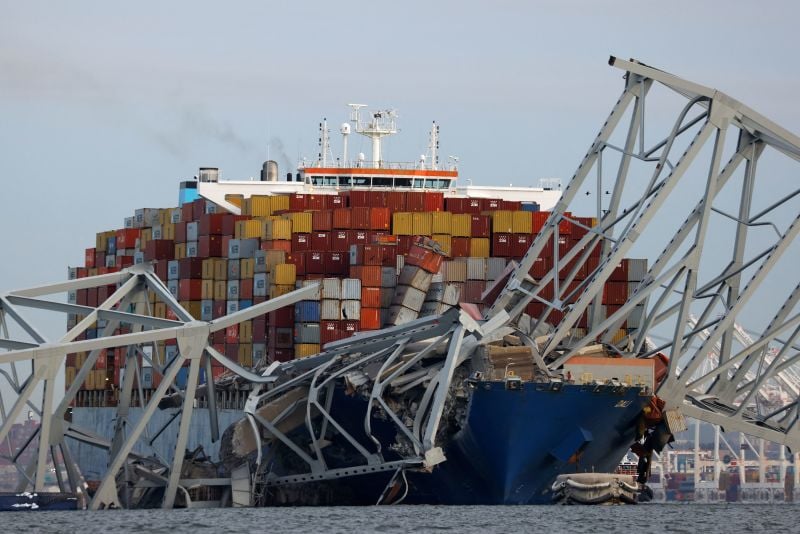
Piles of steel, concrete and other debris remain at the crash site. Photo: Reuters
The cargo ship, which is as long as three football fields, is currently being crushed by a giant steel frame weighing up to 4,000 tons.
It could take several days to cut and remove the first section of the massive pile, said Scott Spellmon, an engineer with the U.S. Army Corps of Engineers. More than 1,000 engineers in Baltimore and across the country are working on the best plan to remove the debris.
“There is a huge steel truss bridge that goes over the riverbed and down there, 50 feet down, there may be some containers and other heavy debris that we have to remove,” Spellmon said. Authorities believe the four missing victims are trapped in the tangle of steel and concrete underwater.
Governor Moore said the search for victims is the top priority. Beyond the loss of life, the collapse of the Francis Scott Key Bridge and the closure of the Port of Baltimore could have widespread economic consequences. The port is the largest in the United States for the transport of cars and light trucks, handling a record 850,000 vehicles last year.
Demolition workers could clear a section of the rubble blocking the river large enough to allow ships to pass as soon as a month after the necessary equipment arrives on the scene, according to an expert.
A 2,500-foot crane was also deployed to prevent possible pollution leaks from the container ship. Investigators from the US National Transportation Safety Board said 56 containers on board contained hazardous materials, mostly corrosive and flammable, as well as some lithium-ion batteries.
Maryland Senator Chris Van Hollen said the Army Corps of Engineers will pay for the entire cost of clearing the channel where the bridge collapsed.
In addition, federal transportation officials will provide $60 million as a “down payment” to remove debris, reroute traffic and eventually rebuild the bridge.
Maryland may ask for additional funding. The state's congressional delegation said it will press U.S. federal lawmakers to fund the bridge's reconstruction.
Hoai Phuong (according to CNN)
Source


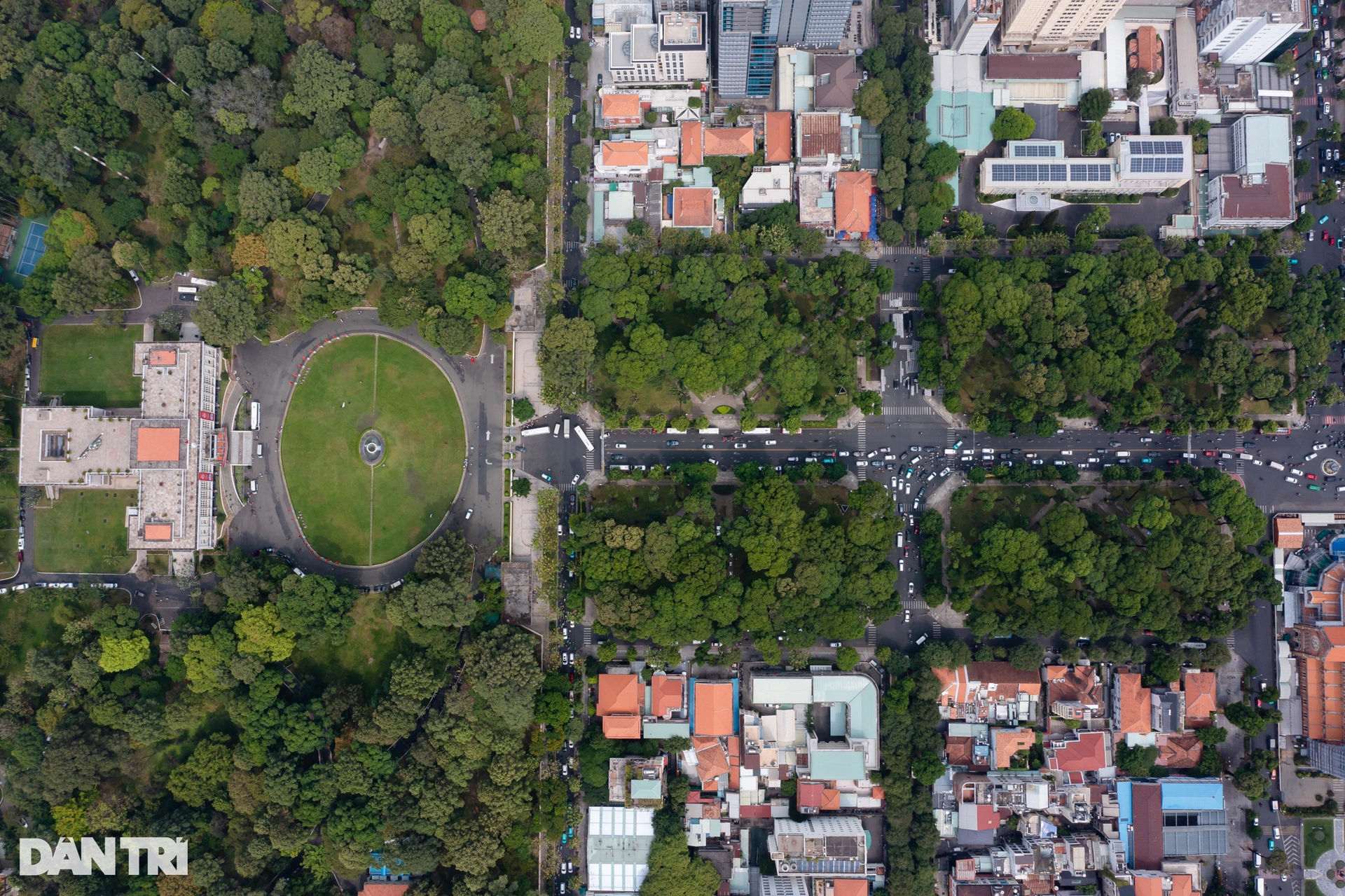
![[Photo] Fragrant grapefruit flower season by the river](https://vstatic.vietnam.vn/vietnam/resource/IMAGE/2025/3/26/8142e4cf776542758c0cbc6b144215b3)
![[Photo] Regiment 271, Tri Thien Military Region: 50 years of return](https://vstatic.vietnam.vn/vietnam/resource/IMAGE/2025/3/26/efdc2945a526480e94e4210e2c6263a5)
![[Photo] Head of the Central Propaganda and Mass Mobilization Commission Nguyen Trong Nghia received the delegation of Nhan Dan Daily](https://vstatic.vietnam.vn/vietnam/resource/IMAGE/2025/3/25/cdb71275aa7542b082ec36b3819cfb5c)


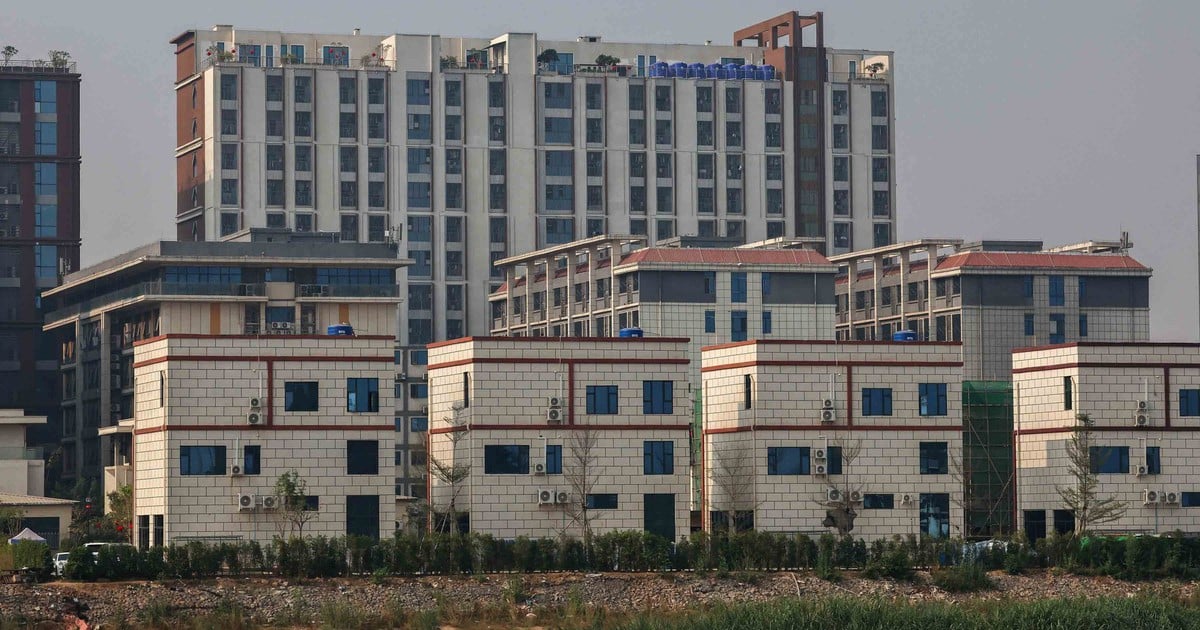



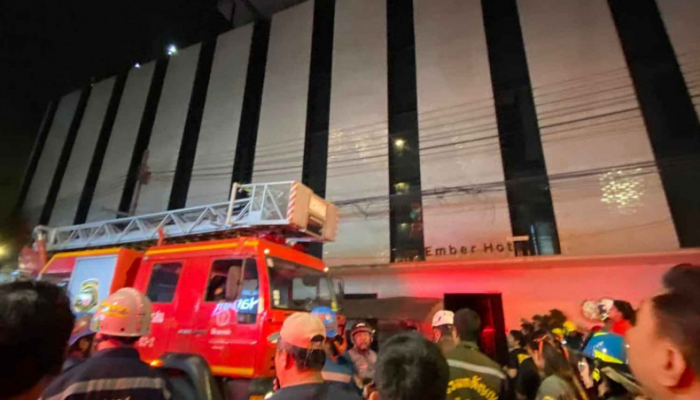
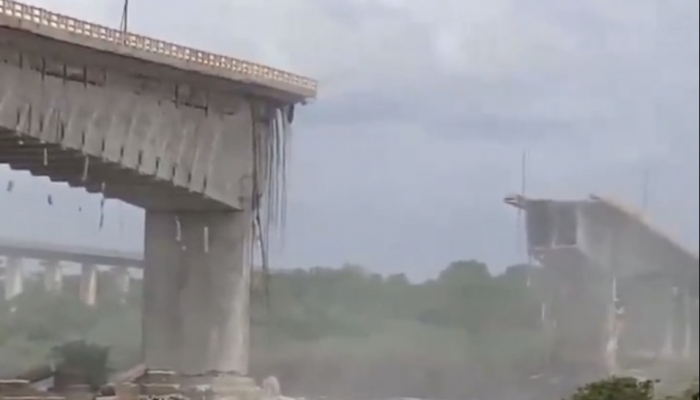



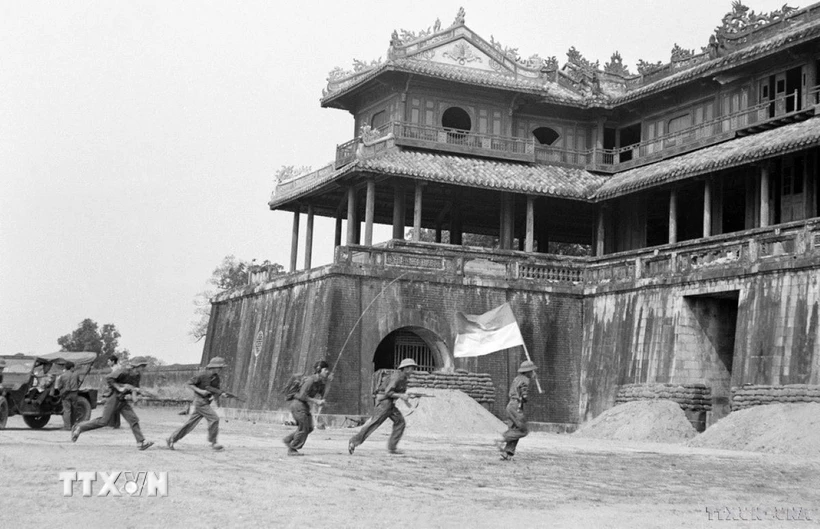


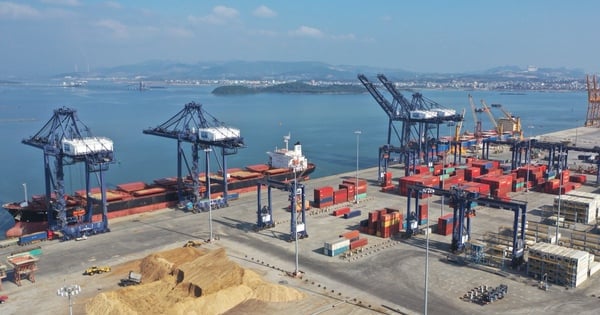
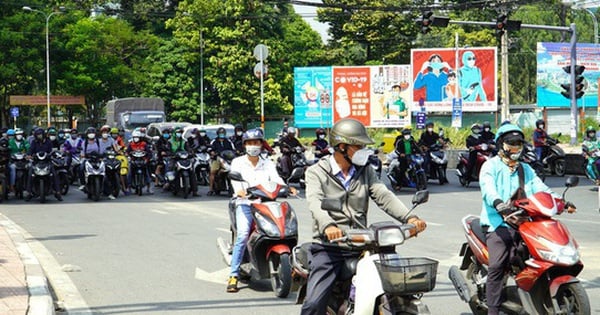
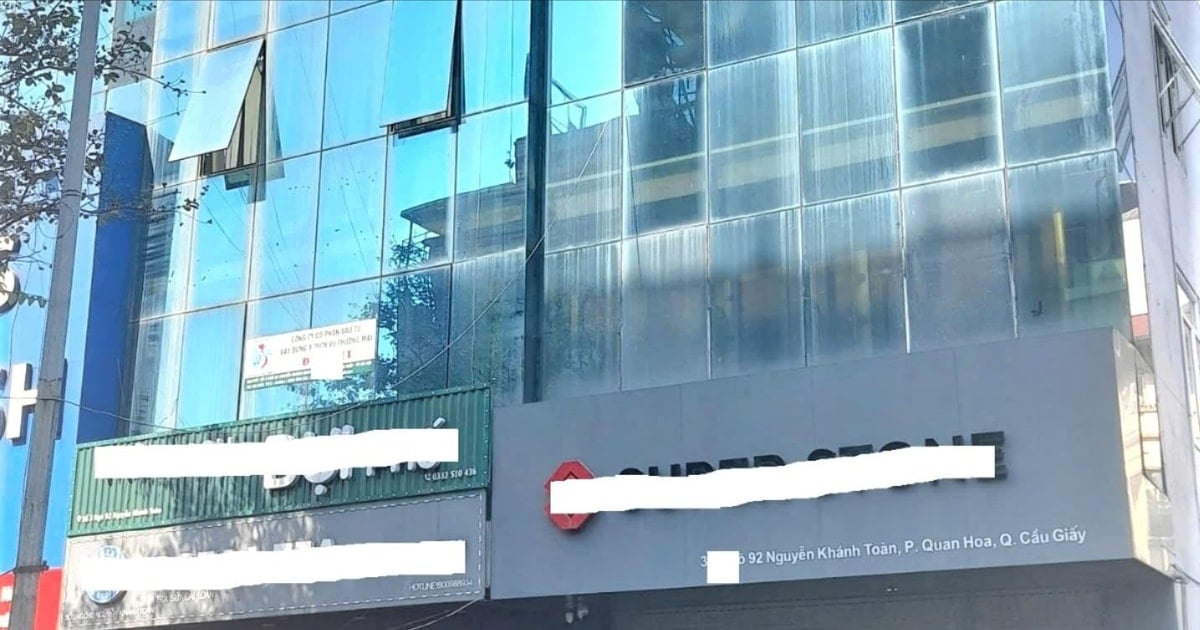




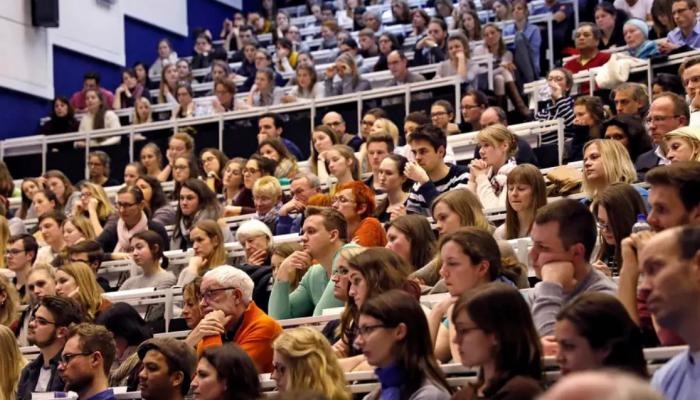
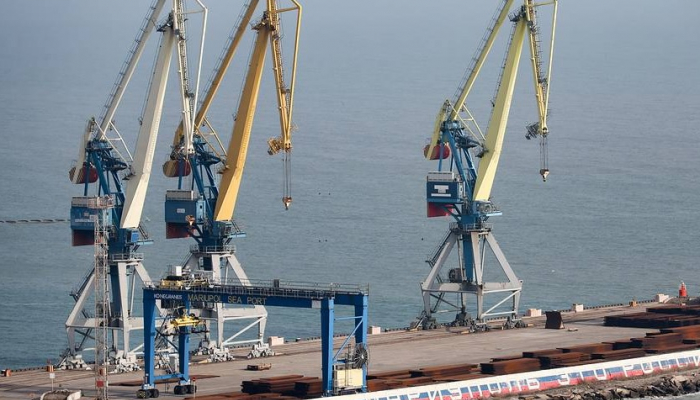
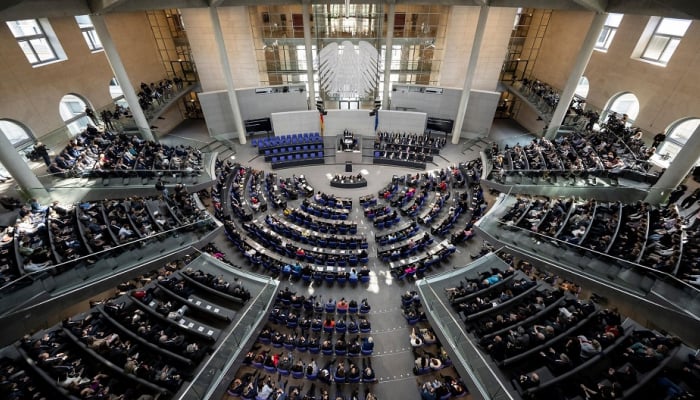


![[Photo] Cadres and members of Nhan Dan Newspaper visit the Vietnam Military History Museum](https://vstatic.vietnam.vn/vietnam/resource/IMAGE/2025/3/25/374e4f70a35146928ecd4a5293b25af0)


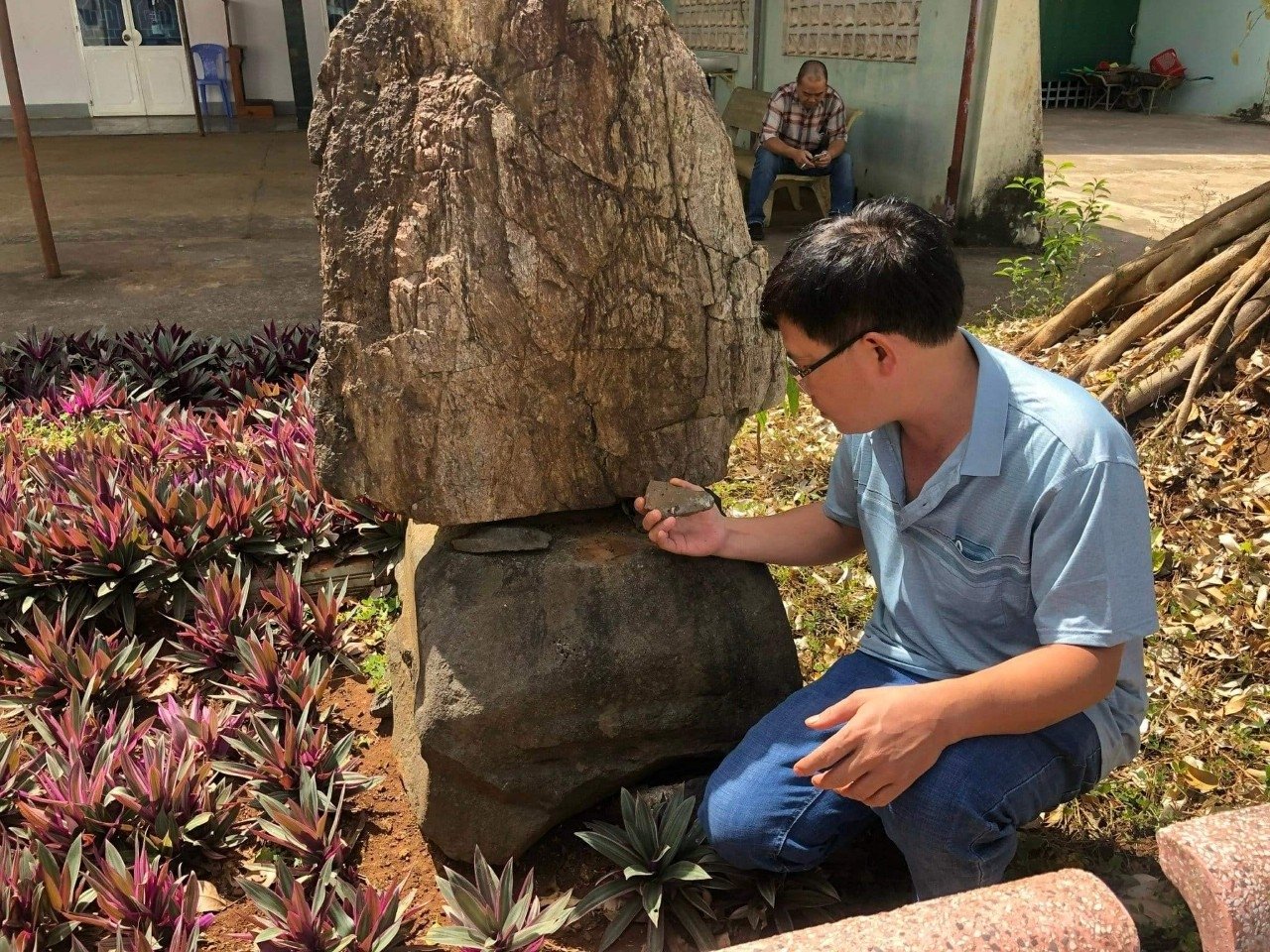




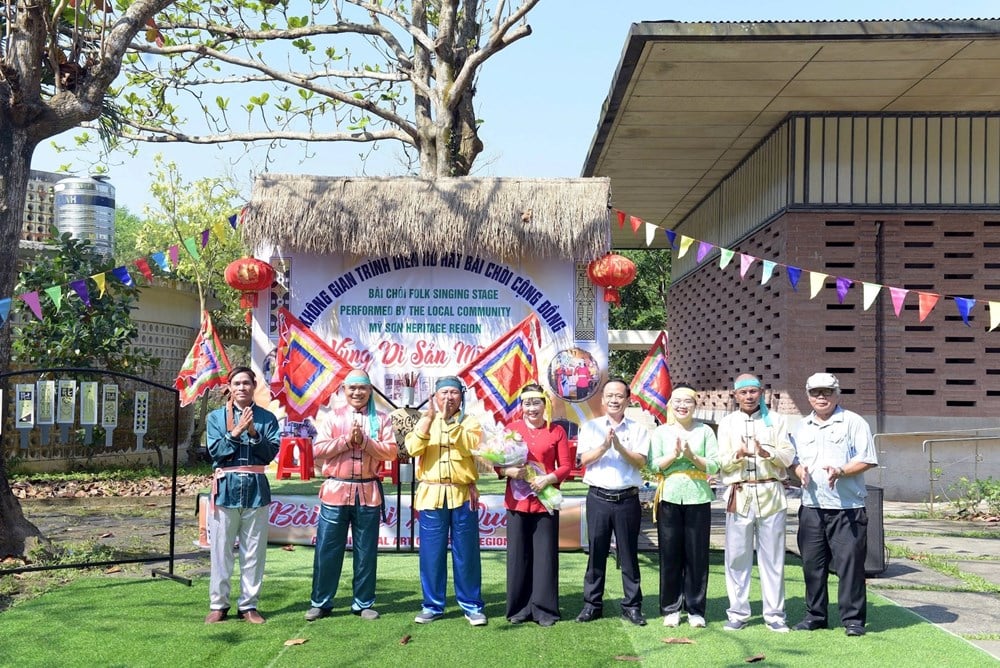

























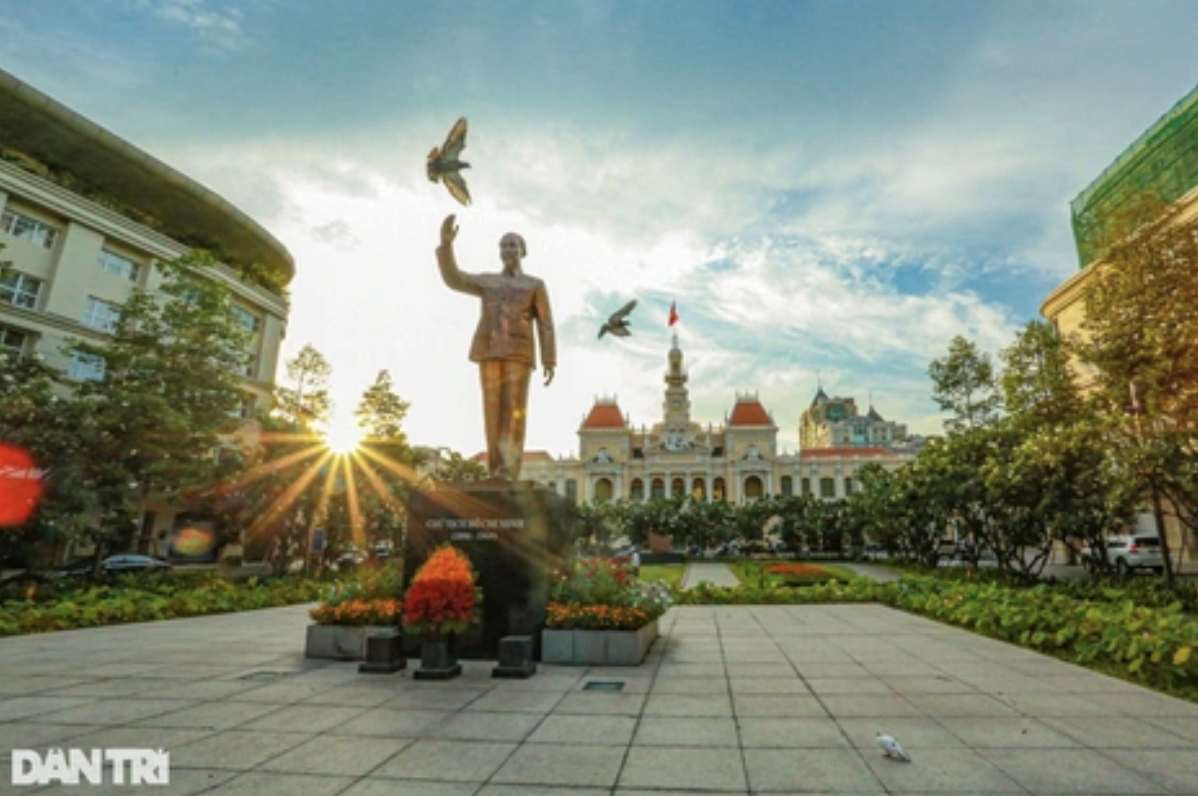








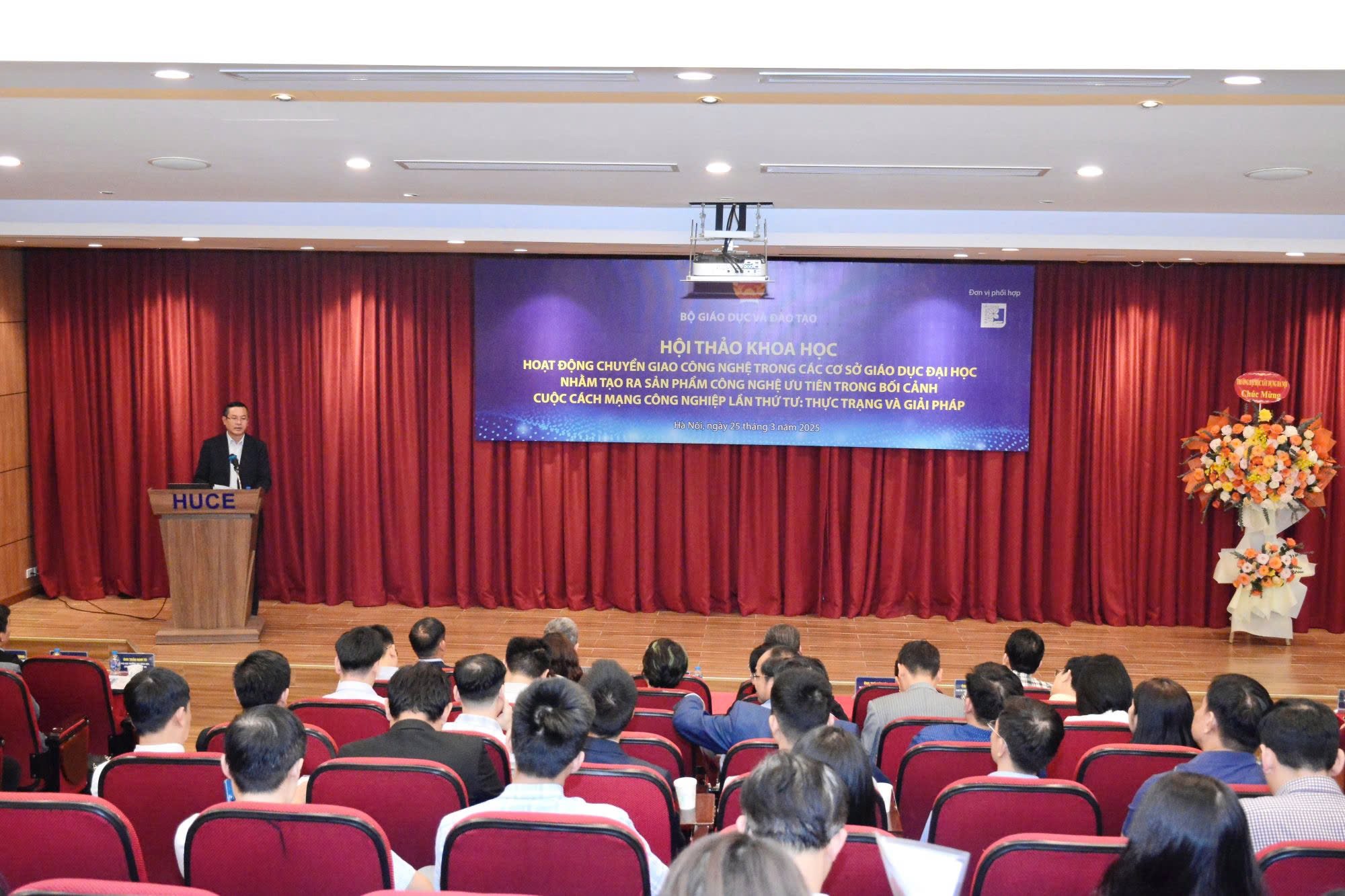

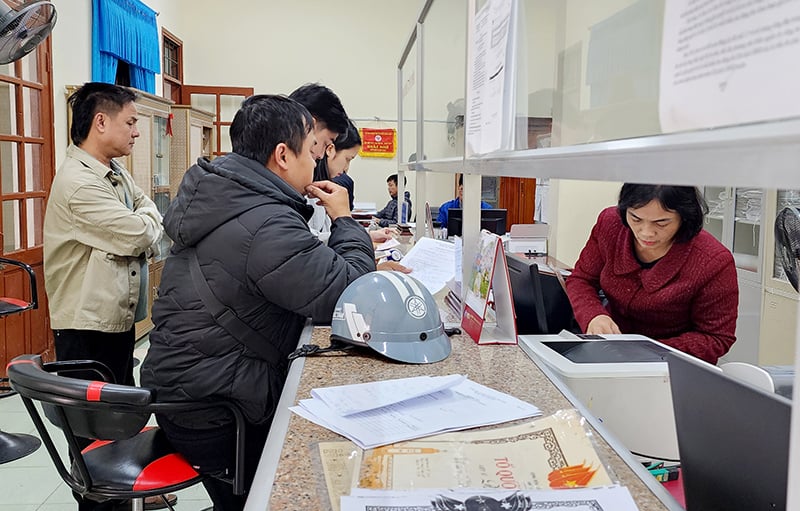


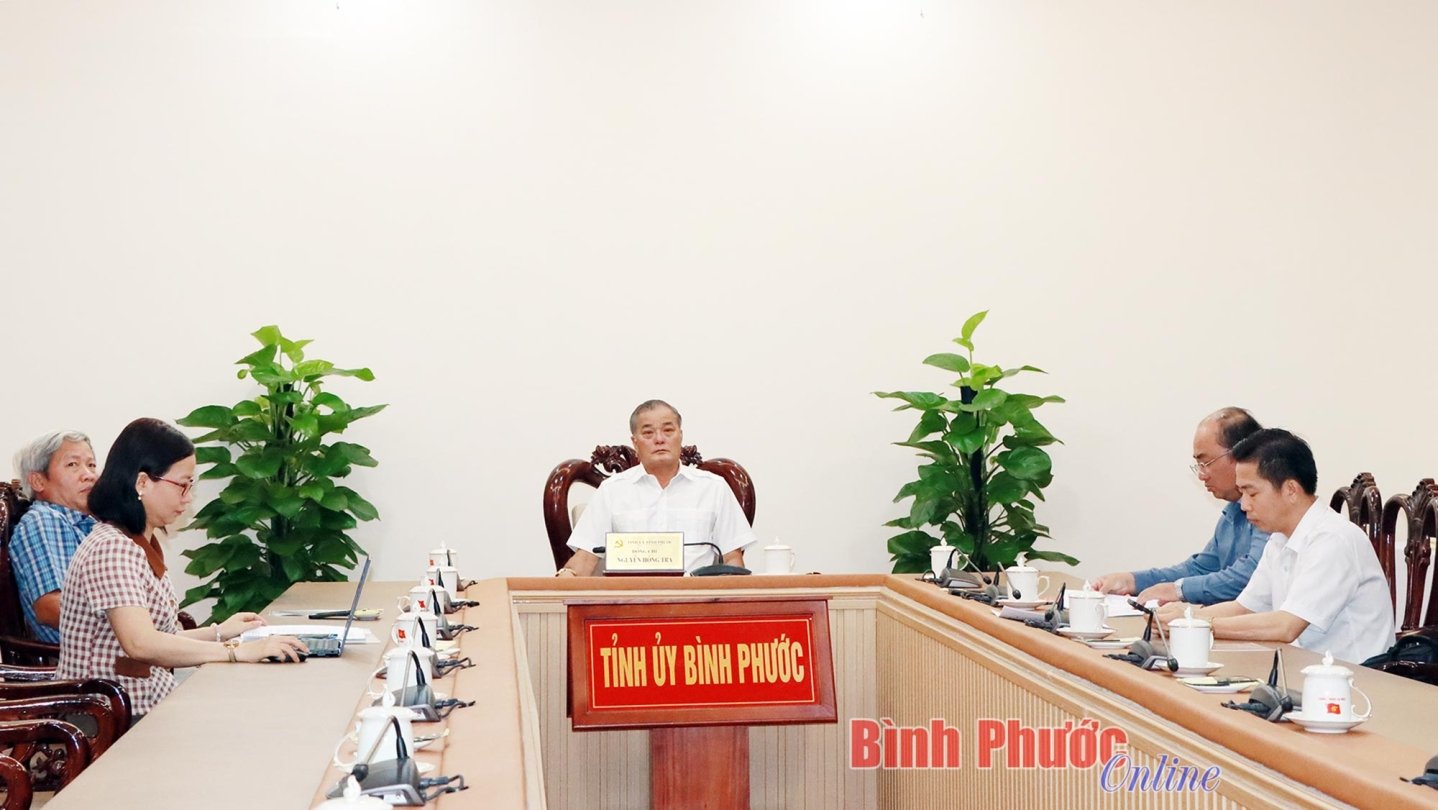
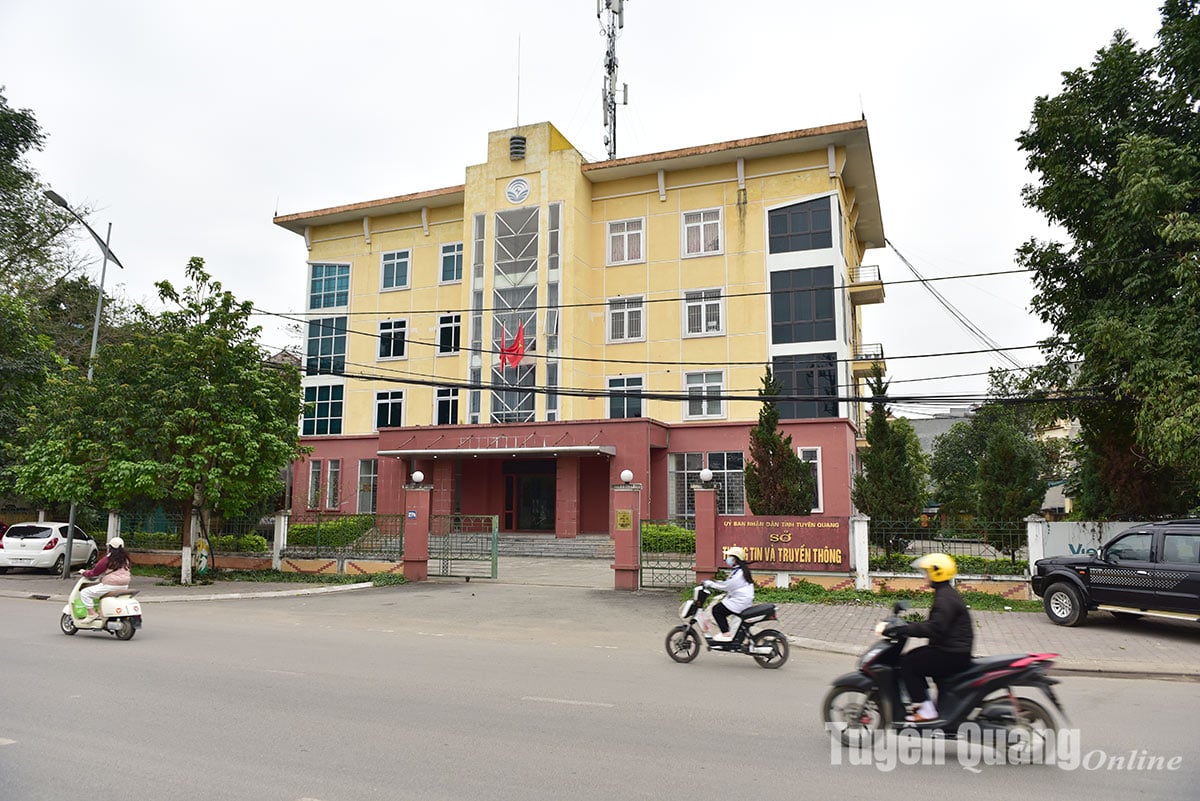



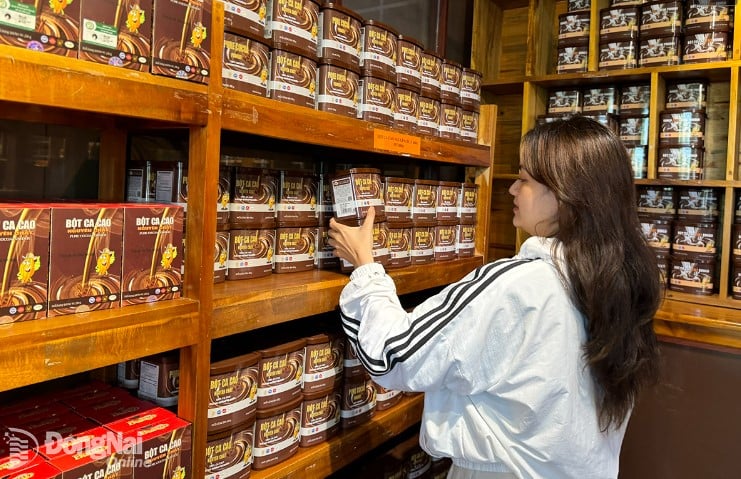




Comment (0)